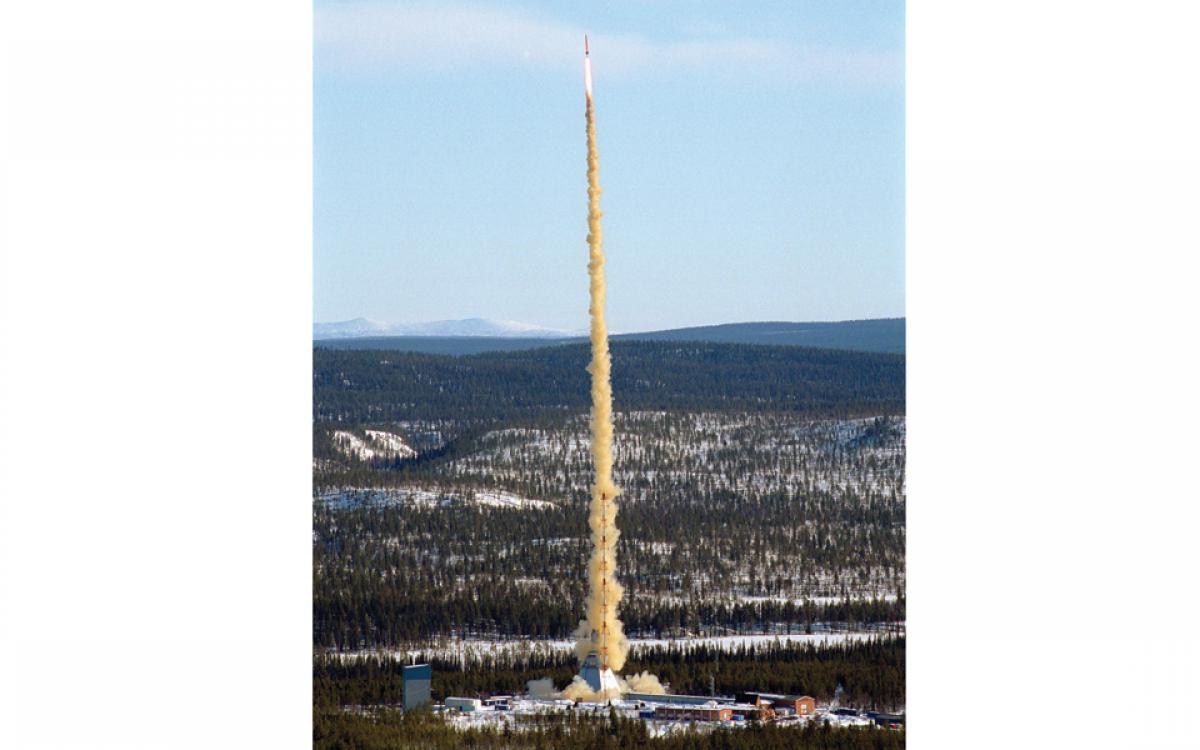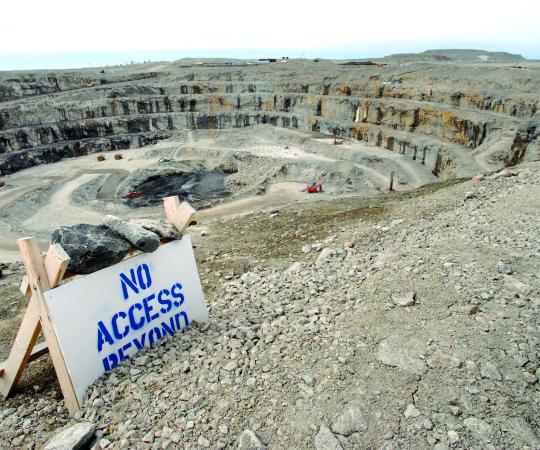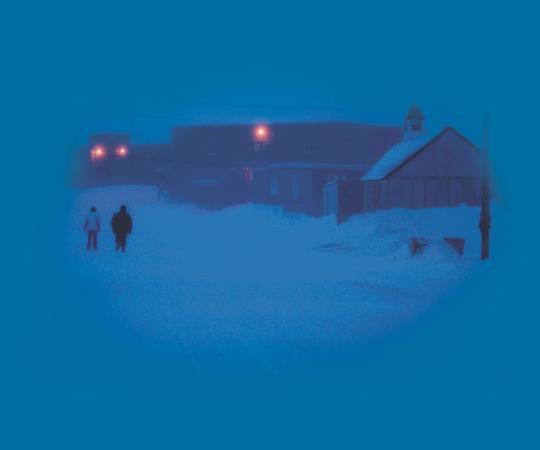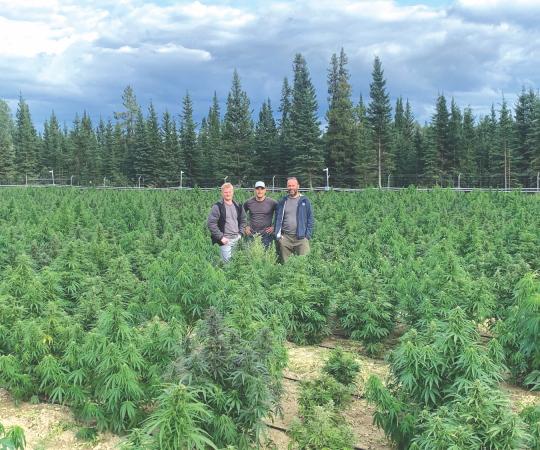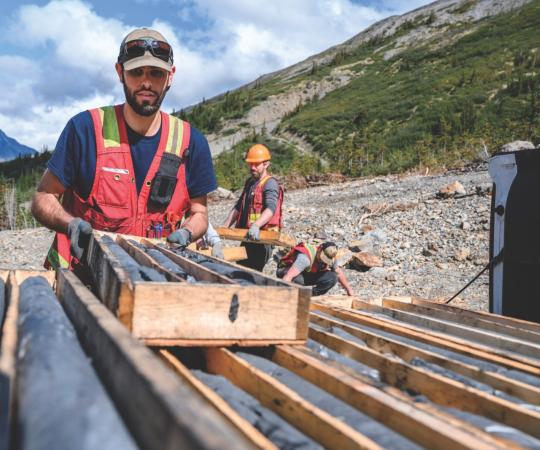Outside Kiruna, Sweden, scientists have been firing rockets into the ionosphere—right smack into the Northern Lights—for the last 50 years. The country’s northernmost town owes its existence to a rich iron ore deposit that has sustained a massive iron ore mine for more than 120 years, but it’s becoming just as well known now for its space industry. What started as a dedicated group of aurora-studying scientists in 1957 has, through smart investments and some good luck, ballooned into an industry that now directly employs more than 400 people.
From its Esrange site, the Swedish Space Corporation—owned by the Swedish government but run as a private commercial entity—launches sounding rockets and weather balloons as part of scientific experiments, employing 170 people, including Mattias Abrahamsson, its business development director and a local Kiruna politician. He’s a graduate of a space-engineering program from one of the two local university campuses.
The town of 20,000 is home to the Swedish Institute of Space Physics, and a research station used by international scientists and space agencies. Kiruna even has a space high school: space-related courses are added to a base curriculum. (“They also have some courses in snowboarding and skiing,” says Abrahamsson.) The school attracts students from outside Kiruna.
One of the biggest booms in the last 20 years is in satellite tracking. SSC installed its first data-receiving antenna in 1978. It has 26 now. “I started out in 1991 and I think we had five antennae then,” he says. “Now we put up one or two antennae every year.”
“The more antennae you have, the more maintenance personnel you need.”
Why is this of interest to the NWT? Inuvik happens to be in an ideal location to track and receive data from polar-orbiting satellites. (This data includes anything from picture or radar images of plankton blooming and forest growth to info on the planet’s magnetic field.) With Inuvik’s pending connection to a fibre optic line, its antennae will be able to download information and then transmit it in near real-time to international clients. Currently, there are four 13-metre antennae outside Inuvik; more are in the works.
This industry is only poised to grow, says Abrahamsson. With the advent of cheap CubeSat technology—small 10 cubic-cm units that can piggyback rides on larger satellites—there could soon be thousands more remote-sensing devices orbiting the Earth and requiring links with the ground. From its Kiruna location, SSC can track polar-orbiting satellites on 12 of their 14 daily trips around the Earth. With antennae in Inuvik, on the other side of the pole, SSC is now able to receive data during all 14 trips.
Inuvik’s got a real, tangible opportunity. But how does it scale up and create jobs there, instead of in Ottawa where the controls for Canada’s antenna in Inuvik are currently manned? To start, the antennae need servicing and repairs. “The more antennae you have, the more maintenance personnel you need,” says Abrahamsson, “but you won’t add one person for each antenna.”
From there, it’s up to local and regional politicians to figure out what makes Inuvik unique and then sell that to scientists. They could start technician or remote-sensing data analysis programs to train up residents for such jobs. They could build a remote rocket launch facility to perform experiments, or even develop an unmanned drone centre that could monitor Northwest Passage traffic and conditions. “Inuvik would be a good place, because you could have data from satellites downloaded there and looked at,” he says; helicopters or drones could go out from there and scout the area. “The technology makes it possible to do all these things.”
And people in Inuvik—specifically its young people—need to know that cool things are happening in their backyard, he says. “Just showing that this is possible is extremely important.”

